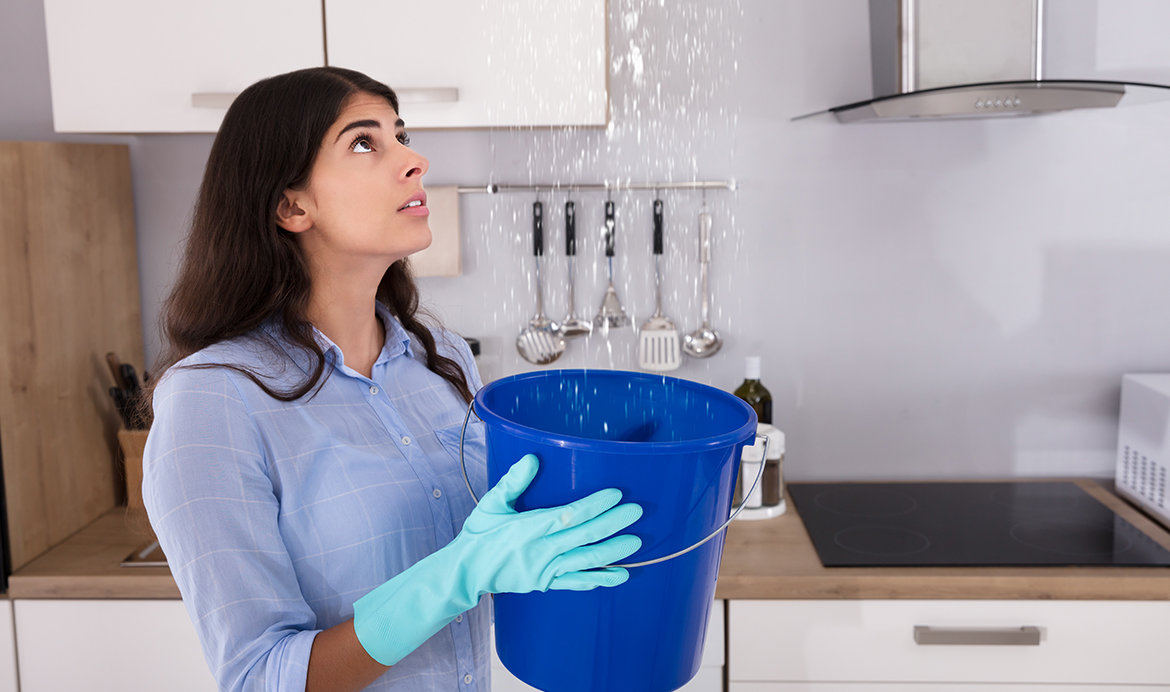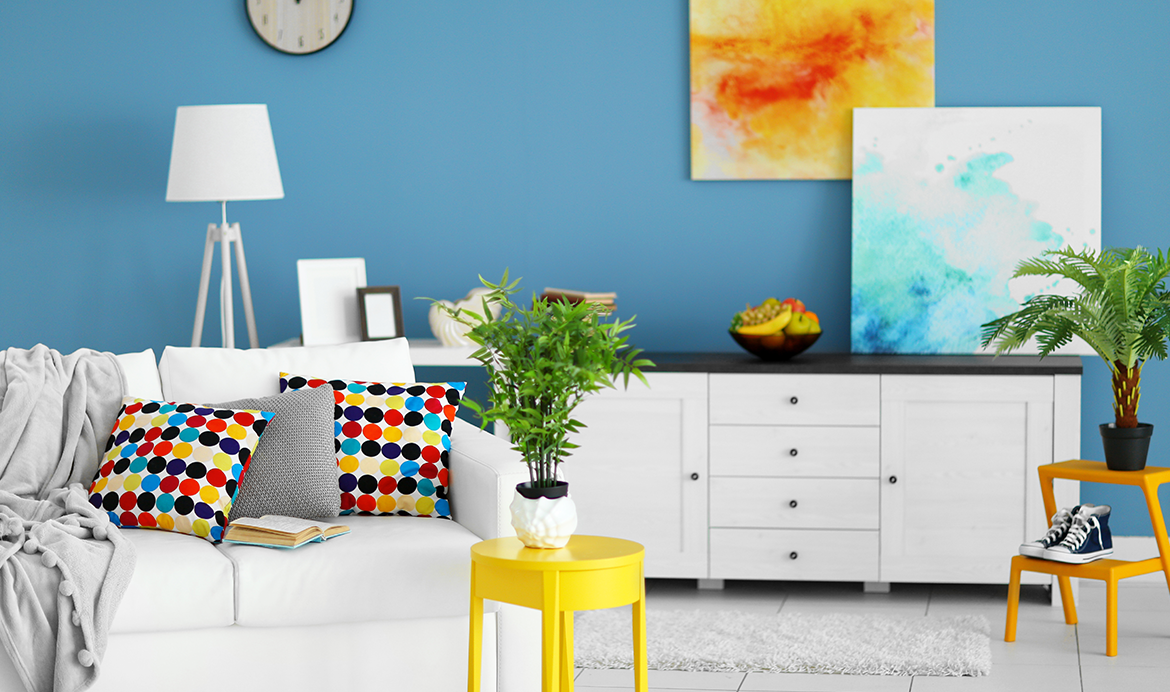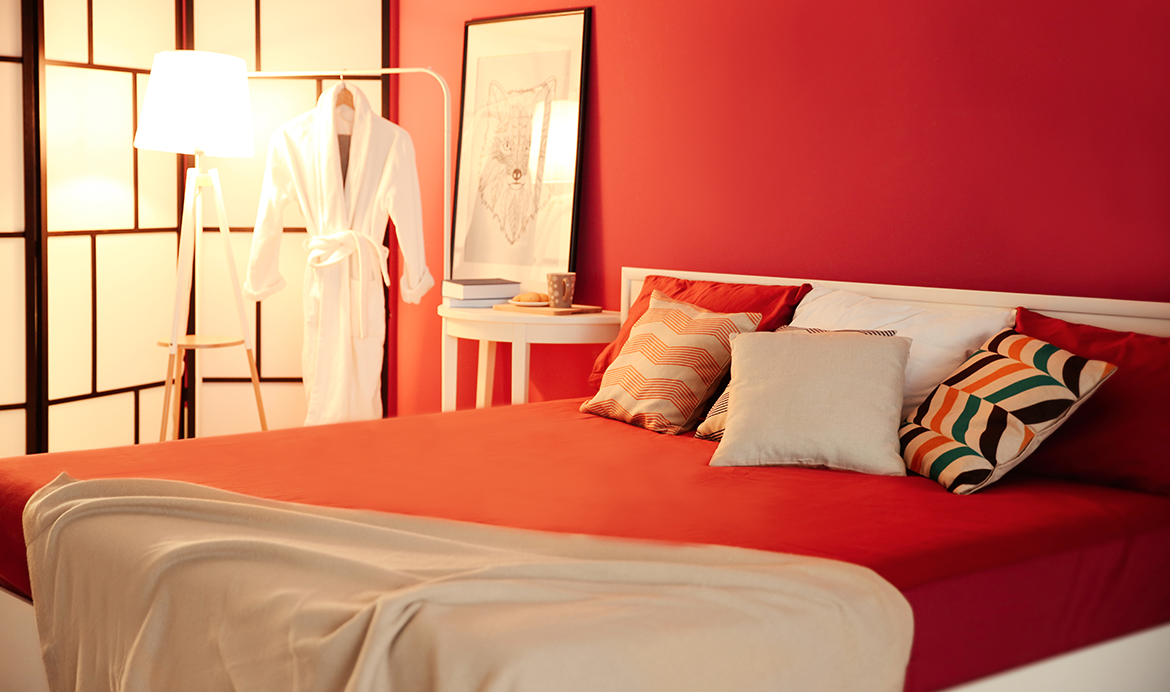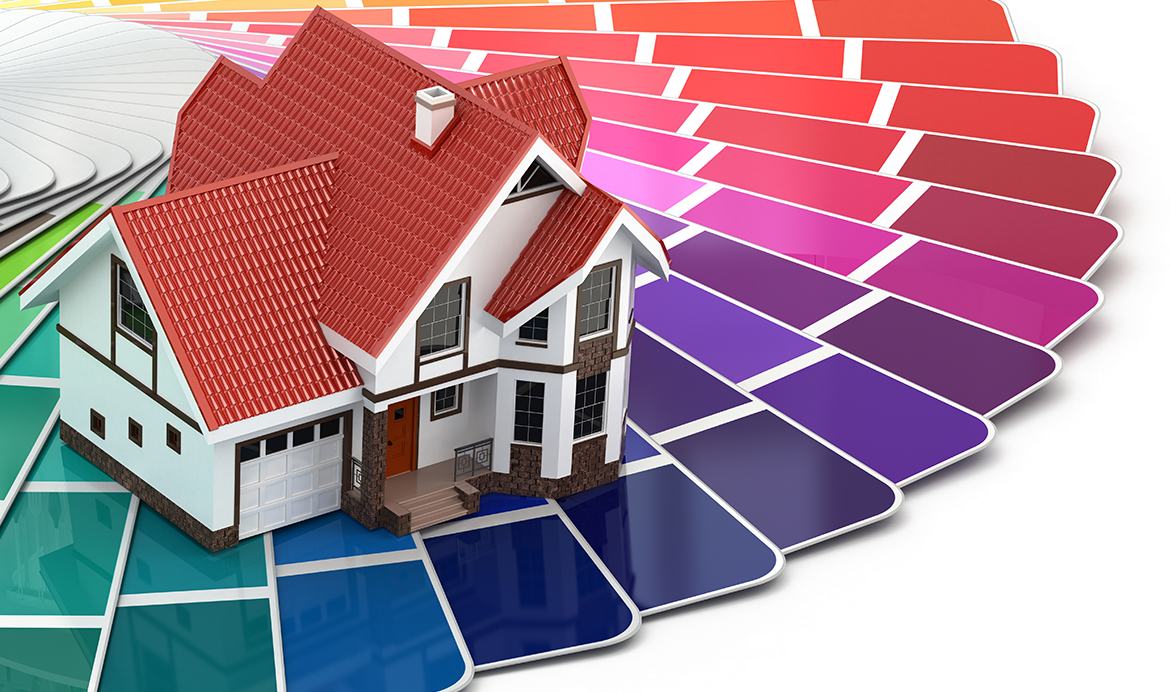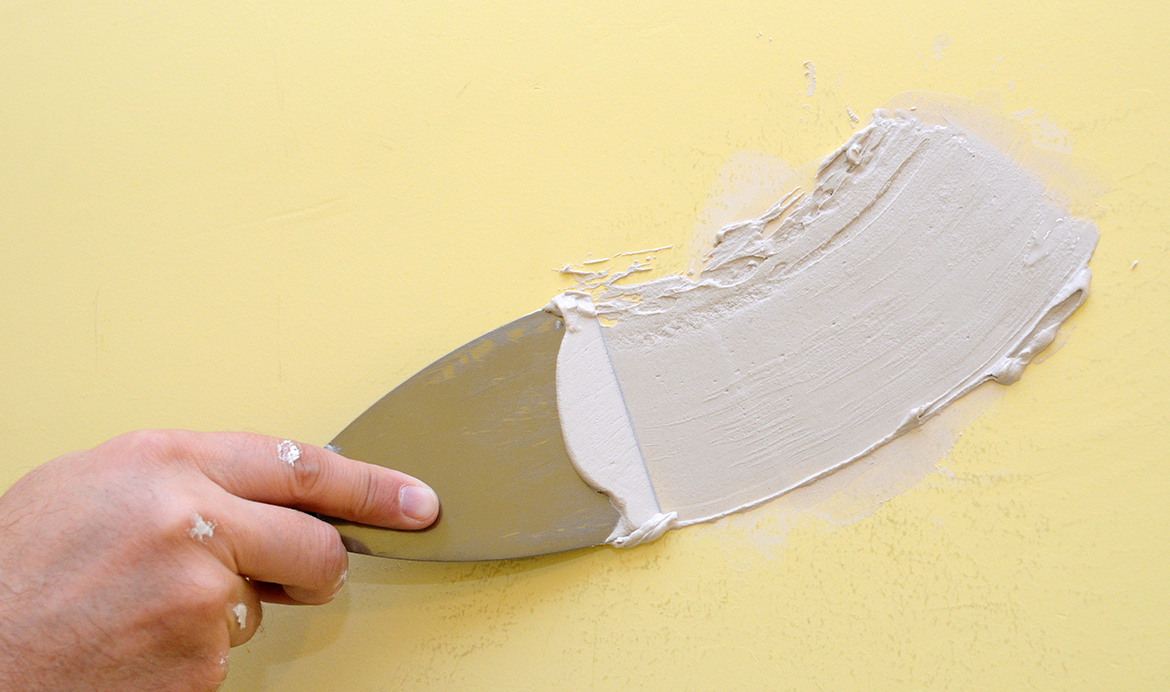Beautify your walls with the best wall putty design in your home, bedroom wall putty design, and new wall putty texture design. Not only is it good for fixing holes, cracks, and imperfections on your wall but also used to beautify your homes.
When applying paint to your home walls, the term “wall putty” is frequently used, and painters frequently take great care to apply various wall putty designs and textures in the most effective way possible. It is a sensible thing to think about. You need to know why to use modern wall putty texture design and how to use putty in walls to improve the longevity of paint before you can comprehend and calculate the paint’s lifespan on your home walls.
Unlike a building, paint doesn’t last longer unless applied to a suitable surface. In addition to the kind of paint and the way it is applied, the life of paint also depends on the substrate and the amount of moisture present. The application of wall putty is crucial in this situation.
All you need to know about wall putty design
White cement, known as “wall putty”, is created from white powder, including premium polymer and minerals. Wall putty designs can be applied on rendered walls, precast walls, aerated light-weight blocks, concrete, etc.,. It can also be used on walls with minor holes, cracks, or other damages. The walls are perfectly finished with a new wall putty texture design. Usually, it is carried out before the final painting of the walls.
Cement-based wall putty and Acrylic wall putty are the two kinds of wall putty. You can directly apply acrylic wall putty, which is in the form of a paste, to the walls. They are primarily used for interior walls. Contrarily, cement-based putty comes in powder form and needs to be combined with water before use. Putty made of cement is popular right now.
Wall Putty Designs to Beautify home.
There are two types of wall putty – Cement-based and Acrylic wall putty for walls. The more popular type is acrylic wall putty. The paste-like version of acrylic wall putty is available and can be applied directly to the wall’s surface. These are mostly meant to be applied to interior walls. On the other hand, cement-based putty is available as a powder that must be mixed with water before use. The type of putty that is currently used the most frequently is cement-based.
Acrylic Putty: It is an acrylic putty that is water-based and made primarily for use on interior walls. This putty is a good option because it has a smooth texture and durability compared to Plaster of Paris. Because of its superior quality, acrylic putty gives walls a smooth and beautiful surface. Additionally, it helps to seal any cracks or other imperfections in the wall.
White Cement Putty: Polymer-based is one of the most popular types of wall putty currently utilised in residential buildings. White cement, minerals, and polymers make up the putty, enabling it to be used on interior and exterior walls. This putty is renowned for leaving the walls with a superb finish and is distinguished by its bright and smooth look. White cement wall putty is simple to use and has a strong bond.
How to apply wall putty?
Before painting a wall, a smooth, level surface is needed, which is what wall putty design and acrylic wall putty offer.
- To ensure your safety while applying putty on a wall, wear gloves and a mask.
- To provide a smooth surface, prep the wall before applying wall putty. Give it some time to dry.
- Applying the wall putty twice is recommended. Before applying the second layer, let it cure for 4 hours. Allow the second layer to dry overnight to achieve the desired outcome.
- After the wall putty has been successfully coated, apply sandpaper to smooth the surface.
- Verify that the surface is free of dust and debris. Remove oil and limescale from the walls using sandpaper or a paint scraper.
Benefits of Applying Wall Putty before Painting:
The wall putty gives the base concrete or plastered surfaces an excellent connection. It produces a smooth, undulation-free surface when applied to interior or exterior walls, resulting in a stunning paint finish. Here are the few benefits of wall putty:
- It protects the environment.
- Wall putty is moisture-resistant. It offers a more polished result.
- The lifespan of wall paint is extended.
- A smoother surface is created when two coatings are applied before painting the walls. It provides the perfect finishing touch.
- Both indoors and outside can make use of it.
- It stops the paint from cracking – it doesn’t peel off or damage easily.
- It needs less maintenance.
- Wall putty boosts the wall’s tensile strength.
- It protects the wall from patches thanks to its resistance.
- It can be used for a wide range of purposes.
- Putty is a practical technique to cut down on the quantity of paint used on the walls.
- Wall putty brings out the paint’s true color by giving the walls a glossy, smooth, and attractive surface.
Tips for Perfect Application of Wall Putty
Surface preparation:
- Make sure the surface is composed of cementitious or plastered material before applying putty.
- Make sure the surface is completely clean. It should be clear of any pollution, including dust, loose debris, leftover paint, grease, and oil.
- By rubbing them down with sandpaper, a wire brush, or a putty blade and then wiping them out, all loose and improperly adherent materials should be removed from the surface.
Mixing:
- Water should be added to the wall putty mixture in a pan in a 2:1 ratio or as directed by the manufacturer.
- For 10-15 minutes, stir continually with a hand or an electric putty mixer. To achieve a creamy, paste-like consistency, thoroughly combine.
- Make sure the mixture does not produce any lumps.
- Make the mixture in a way that will allow you to utilise it within the next two hours.
Application of wall putty:
Before applying putty to the wall, apply one layer of primer and let it dry for at least 12 and preferably 24 hours. Some putty makers advise using a primer before applying putty, while others do not. Therefore, pay attention to the manufacturer’s instructions since they may be affected by the putty’s contents.
- With a putty blade, spatula, trowel, or other finishing tools, apply the first coat of putty vertically from “bottom to top.”
- The manufacturer recommends that the first coat thoroughly dry for a minimum of 6 to 8 hours.
- Simply use sandpaper to lightly wipe the surface after the first application has dried to remove the loose and minute particles.
- Wall putty’s drying time might change according to the temperature, humidity, and thickness. In some circumstances, the drying process will take much longer if the environment is cool and moist or if you have applied a thick coating.
How to make the best use of it – Conclusion
Berger provides a variety of wall putty designs to select from. Let’s find out which putty is best for walls of your home.
Bison Wall Putty: The unique composition of extremely fine cement, flexible powder polymer, cellulose, colours, and numerous other components makes up Bison Wall Putty, which is powder-based. It provides a smooth, undulation-free surface and is utilised in interior and exterior walls.
Bison Flex Putty: It is a premium quality putty made of white cement with some particular, one-of-a-kind qualities that may be used internally and externally on concrete and mortar substrates to create a smooth, aesthetically pleasing finish and lengthen the lifespan of topcoat paints.
Happy Wall Acrylic Putty: It is a water-based putty that may be used to address substrate flaws in masonry walls and is applied over an alkali-resistant Primer to produce a rich, smooth surface. Its distinctive style and butter-like substance make application simple.
FAQs
-
Is wall putty the same as plaster?
Pores in walls and ceilings are filled using wall putty. Putty can be applied quickly and easily using a spray or brush for smaller jobs. On the other hand, it is a whitish powder that, when combined with water, solidifies into a hard substance that may be used to create sculptures and casts and added to lime plasters to create casts for broken limbs.
-
Is wall putty necessary before painting?
The application of putty is the first stage in achieving long-lasting painting results. If you are creating a new painting, it is crucial. Repainting with putty At least two coatings are advised. If your walls are in decent shape, you won’t need to apply putty everywhere when repainting, but you can use touch-up paint where necessary.
-
What is wall putty used for?
Wall putty is a fine white cement powder combined with water and other chemicals to form a solution applied to the wall. Applying the solution correctly fills the wall’s defects and gaps to provide an even base for your paint.
-
Is Berger wall putty waterproof?
Yes, Berger Home Shield Putty is waterproof.
-
How long does Berger Wall putty last?
Typically, wall putty should last for ten years or such. However, the lifespan of the wall putty is also shortened by the paint used over it. After five to six years, the walls must be repainted, requiring the application of wall putty as a phase in the painting process.
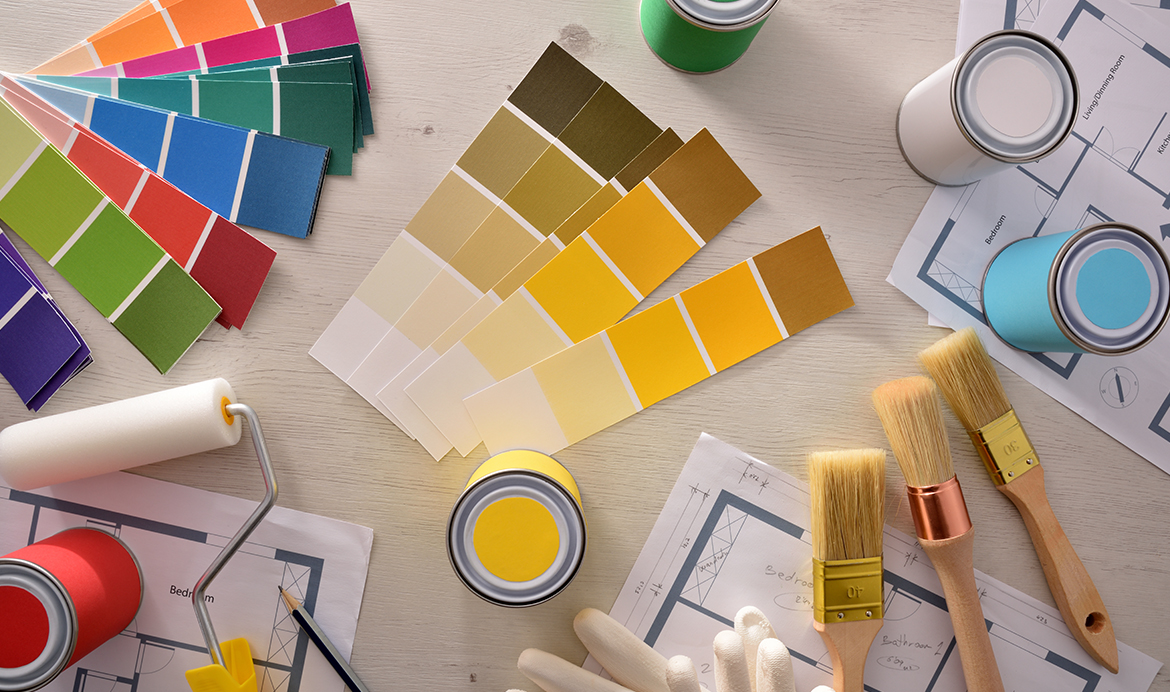

 Get in Touch
Get in Touch